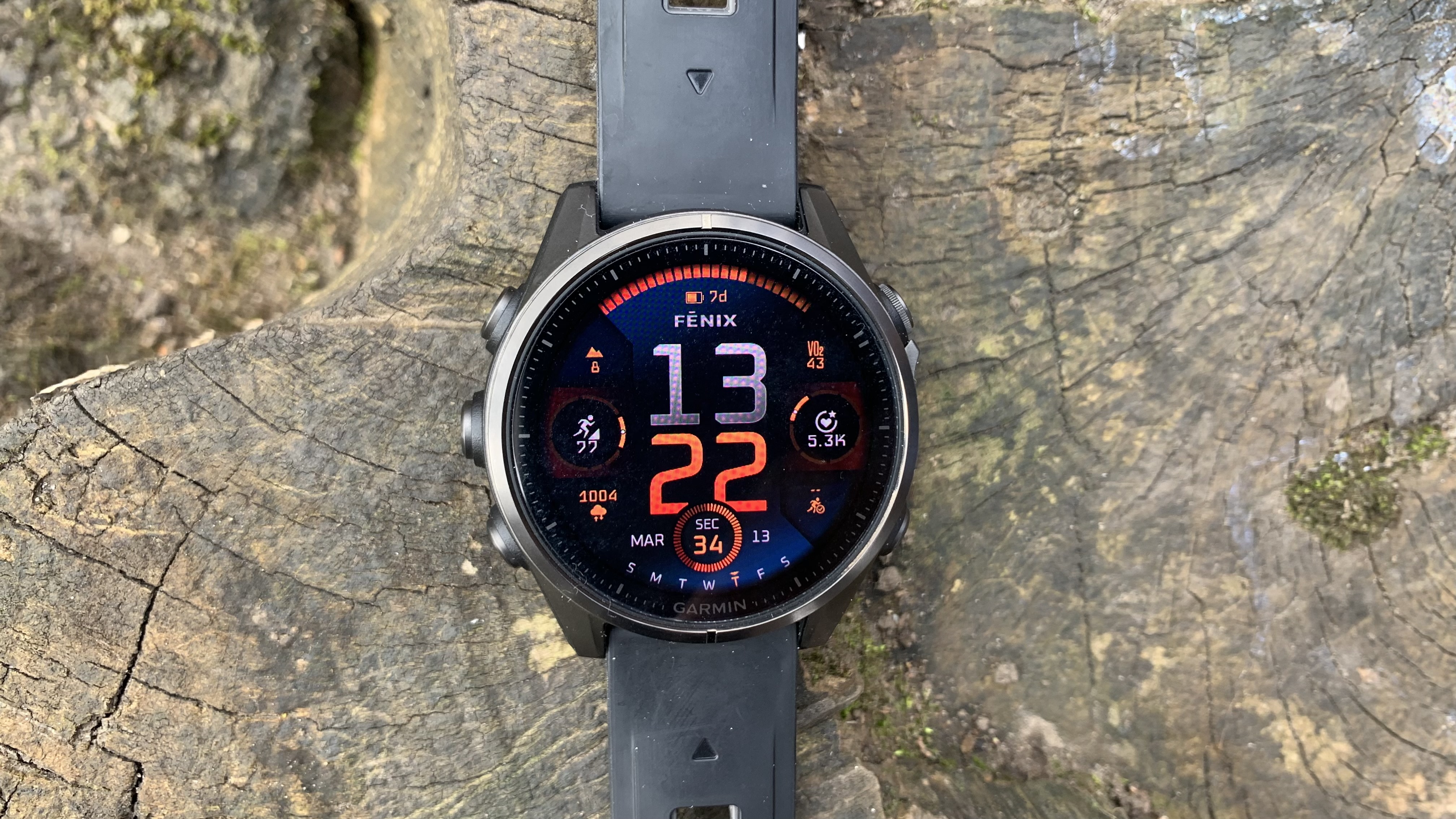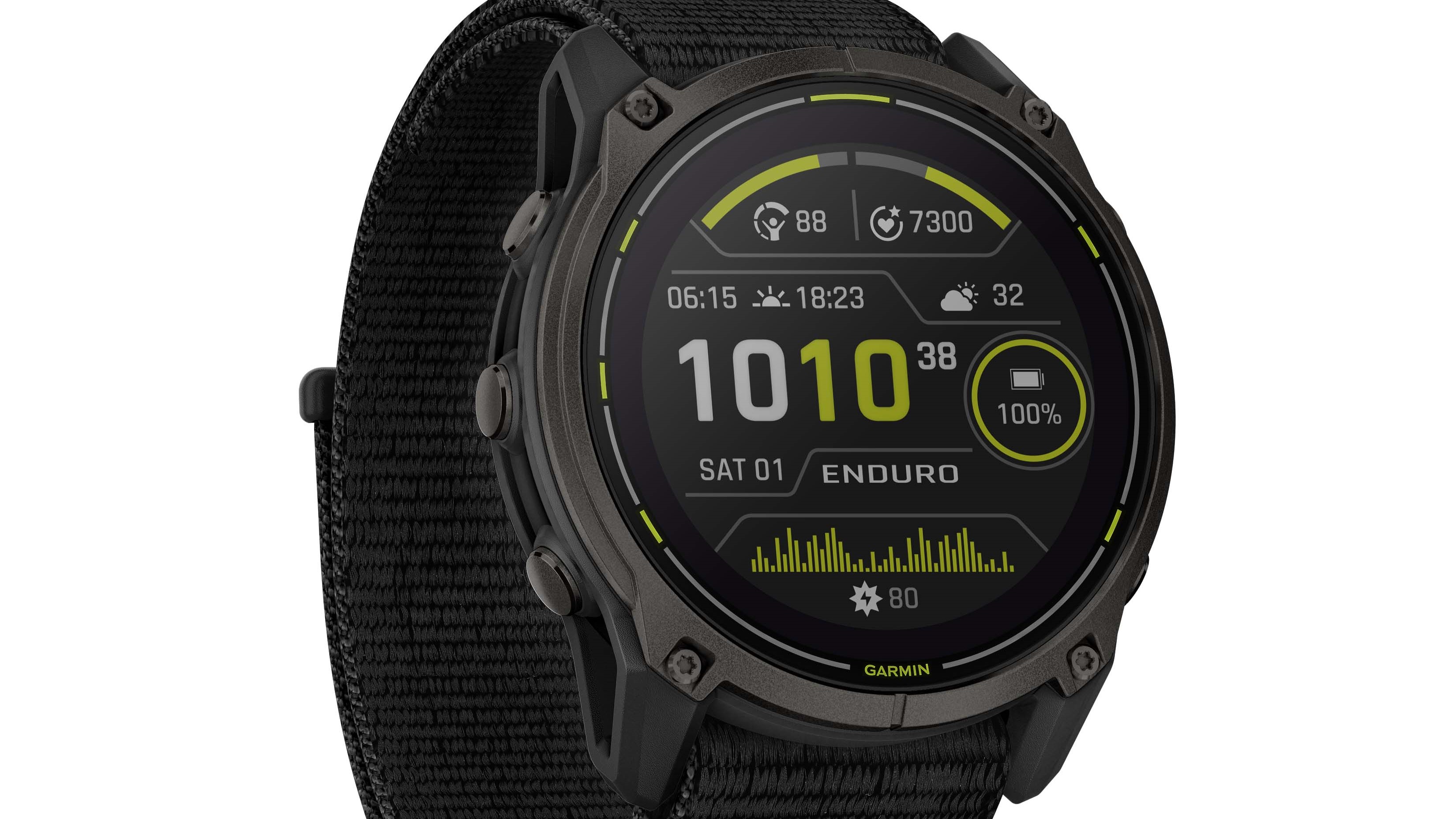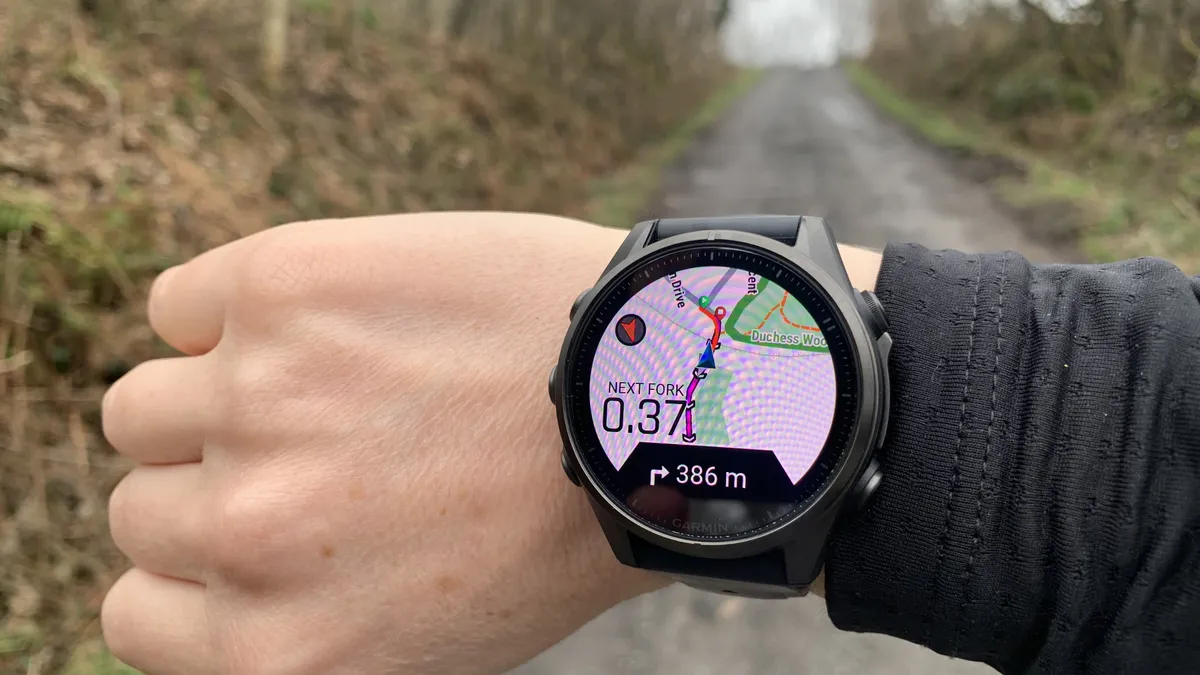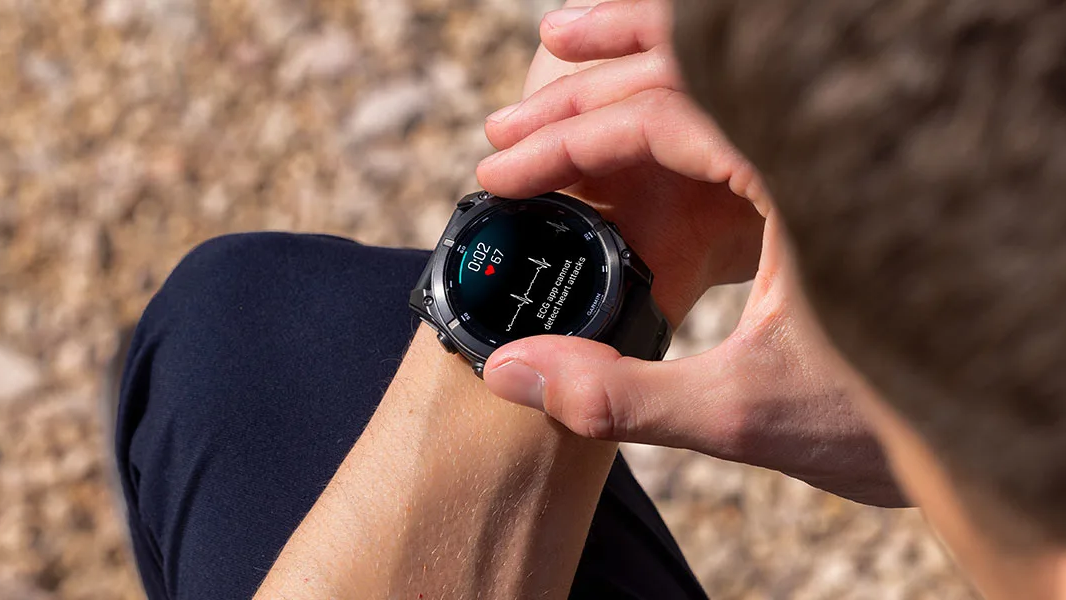Garmin Fenix 8 and Enduro 3 see massive update with 28 awesome new features – as a trail runner, here are the 4 I'm most excited about
The new features are already available in the new Garmin Venu X1 and Forerunner 970

When Garmin released the Forerunner 970 in May, followed by the Venu X1 earlier this month, owners of the Fenix 8 and Enduro 3 might have had a little buyer's remorse to see so many new features.
Not to worry, though, Garmin has just rolled out a massive update for Fenix 8 and Enduro 3 owners that ensures your Garmin watch is still the absolute best in class.
The update, which includes 28 new features plus 30 fixes, is available now as part of Garmin's public beta testing program. I've been trail running with the Fenix 8 for the past three months, and in this article, I outline the four updates I'm most excited about.
Running Tolerance
Let's face it, most of us have a weekly mileage goal in mind, and that's what we run, almost regardless of how we're feeling. But not every mile you run is created equally, and Running Tolerance uses an algorithm to determine the impact of a run on your body, taking into account factors like speed, terrain, your weight, cadence, and ground time to assess the impact of each run on your body.
The Garmin Connect app then assesses the load of your recent runs beyond just distance to give you tailored advice for your next run and more accurate recovery suggestions to help you reduce load and hopefully prevent injuries.

Running economy
Running Economy is a measurement of your running efficiency, specifically measuring how much oxygen you use to maintain a certain pace. It's expressed in milliliters of oxygen consumed per kilogram of body weight, and if it's not obvious, a lower number is better since that implies you can get more miles out of less fuel.
Your Garmin Fenix 8 or Enduro 3 can now measure your aerobic performance (think zone 2 and 3 runs) using metrics like heart rate, speed, stride length, ground contact time, and vertical oscillation (the up-and-down movement of your torso while you're running).
All the latest inspiration, tips and guides to help you plan your next Advnture!
This is a great tool to have if you're training for a long-distance run and aiming for a Personal Best, but you will need to use a Garmin Heart Rate Monitor to access it. You'll start to receive this data after at least four runs.

Step Speed Loss Support
Even when it feels as though you are sprinting through the forest like a gazelle, if you were able to watch yourself run in slow motion, you'd see that you are essentially braking every time your foot strikes the ground, then accelerating again. The more you brake, the slower you go and the more energy you use.
Step Speed Loss Support is another feature that requires a Garmin heart rate monitor, and it measures just how much braking you do in centimeters per second. A higher number means you're braking more and working harder to speed back up, and it's often the result of running with a lower cadence or a long stride.
If you're a mountain runner like me, you should expect to brake more on the downhills and less on the uphills, and so this is measurement more helpful for flatter or rolling terrain, but the feedback from your Garmin watch could help you pick up the speed on those flat sections of a race.

Evening report
If you own a Fenix 8 or Enduro 3, you'll be used to receiving your morning report when you wake up, but now you'll get an evening report too, and I think that could be more helpful. After all, often when we wake up, we just get right into autopilot and have the day we planned, regardless of the weather and how we feel.
The evening report takes the impact of your day's stress levels and activities to give you a more tailored sleep suggestion, so you can set yourself up for success tomorrow by getting more or less sleep as you need it.
You'll also see things like tomorrow's weather, what you have in your calendar, and your workout suggestion from Garmin, which means you can tweak your calendar and lay out your running gear in preparation.
You can view the full suite of updates and fixes at Garmin.
How to get the updates
To join the beta program, log into your Garmin account at connect.garmin.com and click the small watch icon at the top right (devices and sync status).
Select the device that you want to connect from the list that appears (you should be able to see all the watches, cycle computers, and other devices that are linked to your Garmin Connect account) and click Device Settings.
Provided your device is one that's supported, you'll see a link to Join Software Beta Program along with the current software version.
Select this, and read through the terms and conditions. If you're happy to go ahead, click Agree. Now, open the Garmin Connect app on your phone, select the device you've just added, select System and choose Software Update. Make sure that you have auto updates enabled, and you should get the latest beta releases as soon as they're available.
You can learn more in our in-depth article on Garmin's beta testing program.
- Best GPS watches: find your perfect training tool
- The best trail running shoes: get a grip on the trickiest terrain
Julia Clarke is a staff writer for Advnture.com and the author of the book Restorative Yoga for Beginners. She loves to explore mountains on foot, bike, skis and belay and then recover on the the yoga mat. Julia graduated with a degree in journalism in 2004 and spent eight years working as a radio presenter in Kansas City, Vermont, Boston and New York City before discovering the joys of the Rocky Mountains. She then detoured west to Colorado and enjoyed 11 years teaching yoga in Vail before returning to her hometown of Glasgow, Scotland in 2020 to focus on family and writing.

